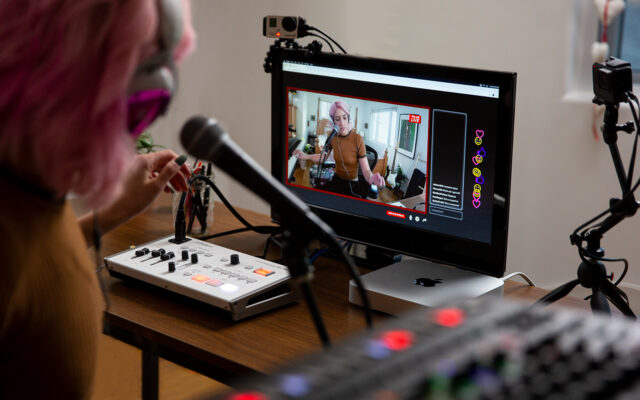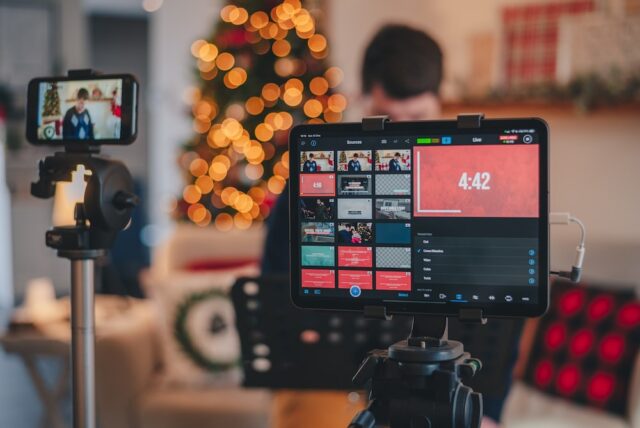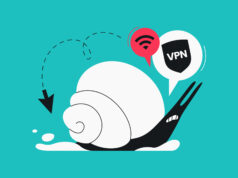
Live streaming has become more and more popular in recent years. With the advent of social media, it has never been easier to share your life with the world in real time. But what is live streaming and why do we need it? This article will answer those questions and more.
What Is Live Streaming?

Live streaming is the process of broadcasting a video feed in real time. It’s often used to deliver live events, such as concerts or sports games, but it can also be used to deliver news reports or educational content.
The key advantage of live streaming is that it allows viewers to experience an event as it happens, without any delays. This can create a more immersive and engaging experience than simply watching a recorded video.
Live streaming also offers a number of practical advantages, such as the ability to reach a global audience without the need for expensive production equipment. As a result, it’s becoming an increasingly popular way to share video content. These days you can even stream on multiple platforms. If this is something that interests you, visit https://melonapp.com/features/simulcasting.
Why Do We Need Live Streaming?
In a world that’s increasingly connected, streaming offers a unique way to connect with an audience in a genuine way. It’s personal, intimate, and interactive, and it gives viewers a chance to connect with the person behind the screen.
Live streaming is also a great way to build up a following and generate income through donations or subscriptions.
It’s basically a platform for people to connect with each other, share their talents and skills, and build a community. It’s a great way to connect with people who share your interests, and it’s also a great way to make money.
The Different Types Of Live Streaming

There are four main types of live streaming:
- Webcams: This is the most basic form of live streaming, and usually involves setting up a webcam pointed at oneself and broadcasting via a platform like YouTube or Twitch.
- Screencasting: This type of live stream involves sharing your screen with viewers, which can be useful for things like gaming tutorials, educational content or just pure fun.
- Live events: This could be anything from a viewing party to a conference or even just someone streaming their everyday life.
- Interactive: This type of stream is focused on the interaction between the streamer and the viewers, and can involve things like Q&As, polls, or even games.
How To Go About Live Streaming?
According to Agilecdn.cloud, if you’re interested in live streaming, there are a few things you’ll need to set up first.
- A good internet connection: Live streaming requires a lot of bandwidth, so you’ll need a good internet connection to avoid lag or buffering issues.
- A webcam or capture card: If you want to stream yourself, you’ll need a webcam. If you want to stream gameplay, you’ll need a capture card.
- Streaming software: There are many different streaming software options available, like OBS or Xsplit.
- A platform to stream on: You’ll also need to choose a platform to stream on, like YouTube, Twitch, or Facebook Live.
- Good PC: A good computer is important if you want to stream without any issues. A laptop will work fine for basic live streaming, but a desktop will offer more power and flexibility for more demanding tasks.
Tips For A Successful Live Stream

If you want your live stream to be successful, there are a few things you should keep in mind.
- Interact with your viewers: One of the best ways to keep people watching is to interact with them. Answer their questions, acknowledge their comments, and make them feel like part of the show.
- Be prepared: Have a plan for what you’re going to do during your live stream. This doesn’t mean you need to script everything out, but it helps to have an idea of what you want to talk about or do.
- Be yourself: Viewers tune in to live streams because they want to see a real person, not a persona. Be authentic and genuine, and your audience will appreciate it.
Things To Avoid While Live Streaming
While there are many things you should do to make your live stream successful, there are also a few things you should avoid.
- Don’t be afraid to take breaks: If you need to take a break, it’s better to do so than to try and power through. Your viewers will understand, and it’s better than risking burnout. However, most streamers don’t seem to follow this rule, and are instead streaming for 12 or more hours each day, in order to maximize their earnings.
- Don’t beg for donations or gifts: It’s okay to accept donations or gifts from viewers, but don’t beg for them. It makes you look desperate and will turn people off from watching your stream.
- Avoid using foul language: Using swear words or offensive language will turn off many viewers and can even get you permanently banned from a platform.
- Don’t try to do too much: It’s better to focus on doing one thing well than to try and do a million things poorly. Pick a niche and stick to it, and your audience will be happy.
- Don’t be afraid of mistakes: Everyone makes mistakes, and your viewers will understand that. If you mess up, just laugh it off and move on.
How To Measure The Success Of A Live Stream?

There are a few different metrics you can use to measure the success of your stream.
- The number of viewers: This is the most obvious metric, and it’s a good way to see how many people are tuning in.
- Chat activity: Another good metric is chat activity, as it shows how engaged your viewers are. If people are talking in the chat, it means they’re paying attention and enjoying the stream.
- Donations/subscriptions: If you’re monetizing your live stream, donations and subscriptions are a good way to measure success. This shows that people are willing to support your content financially, which is a big deal.
Conclusion
Live streaming is a great way to connect with your audience in a personal and interactive way. By following these tips, you can make sure your live stream is successful and enjoyable for both you and your viewers. Avoid these common mistakes, be respectful, and have fun!












